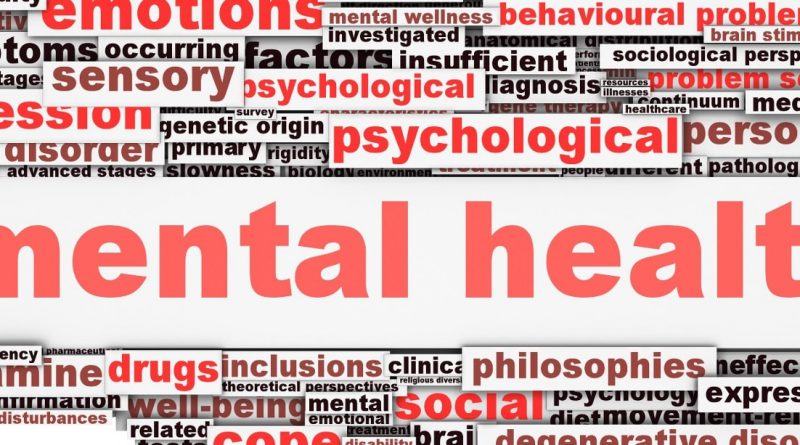Tele-Behavioral Health Reduces the Cost of Mental Illnesses
Mental health disorders are not an isolated — they have far-reaching effects that drive up costs for both patients and providers.
The National Alliance on Mental Illness (NAMI) estimates that serious mental illness costs America $193.2 billion per year in lost earnings. While one in five adults experience a mental illness in a given year, and nearly one in 25 live with a serious mental illness, nearly 60 percent of those adults did not receive mental health services within the last year.
With this ongoing lack of care, patients with mood disorders, including major depression, dysthymic disorder, and bipolar disorder, end up receiving more expensive emergency care in place of consistent mental health services. In fact, these disorders are the third most common cause of hospitalization in the U.S. for both youth and adults between ages 18 to 44.
Unfortunately, the high cost of not receiving mental health treatment doesn’t stop there. Individuals that live with mental illnesses also have an increased risk of developing some physical illnesses, including cardiovascular disease, diabetes, stroke, and Alzheimer’s disease, according to the National Institute of Mental Health.
We Need to Do More
One of the top reasons patient do not seek care is the lack of available treatment providers. With approximately one mental health provider per every 529 individuals in the United States there are more than 4,000 areas in America who have a mental health professional shortage.
This existing provider gap can be bridged with the help of telehealth, and, on a positive note, we are making progress in healthcare when it comes to tele-behavioral health programs. A recent Health Affairs study states that tele-behavioral health services are up 45 percent – meaning more patients are getting the care that they need when and where they need it. Despite this encouraging progress, research and data continue to show too many Americans are still in need of care. As a healthcare community, it is critical that we work together and ensure we get every patient the services they need before it is too late.
Tele-Behavioral Health — Cost Efficient & Clinically Effective
Traditionally, delivering exceptional and efficient care to mental health patients is hard to achieve. Due to provider shortages and the rising number of patients, gaps exist in mental health care, especially in emergency departments.
From both a clinical care and financial perspective, the mental health burden on EDs is heavy and is only projected to worsen in the next decade.
Tele-behavioral health, however, is flipping the script on mental health care. By improving access to care and ED throughput, tele-behavioral health is filling the gaps with a true 24/7 solution that is empowering more effective care coordination, decreased wait times and shorter lengths of stay. In both the short and long-term, tele-behavioral health programs better position EDs for a more clinically efficient and financially profitable future.
Avizia was acquired by Amwell in July of 2018. Information on this page refers to activities that occurred prior to the acquisition and are presented for historical context. Together we provide a comprehensive acute care offering—a full end-to-end telemedicine solution for health systems and their providers.


